Once upon a time in the country of Japan there lived two frogs, one of whom made his home in a ditch near the town of Osaka, on the sea coast, while the other dwelt in a clear little stream which ran through the city of Kyoto. At such a great distance apart, they had never even heard of each other; but, funnily enough, the idea came into both their heads at once that they should like to see a little of the world, and the frog who lived at Kyoto wanted to visit Osaka, and the frog who lived at Osaka wished to go to Kyoto, where the great Mikado had his palace.
So one fine morning in the spring they both set out along the road that led from Kyoto to Osaka, one from one end and the other from the other. The journey was more tiring than they expected, for they did not know much about traveling, and halfway between the two towns there arose a mountain which had to be climbed. It took them a long time and a great many hops to reach the top, but there they were at last, and what was the surprise of each to see another frog before him!
They looked at each other for a moment without speaking, and then fell into conversation, explaining the cause of their meeting so far from their homes. It was delightful to find that they both felt the same wish–to learn a little more of their native country–and as there was no sort of hurry they stretched themselves out in a cool, damp place, and agreed that they would have a good rest before they parted to go their ways.
“What a pity we are not bigger,” said the Osaka frog; “for then we could see both towns from here, and tell if it is worth our while going on.”
“Oh, that is easily managed,” returned the Kyoto frog. “We have only got to stand up on our hind legs, and hold onto each other, and then we can each look at the town he is traveling to.”
This idea pleased the Osaka frog so much that he at once jumped up and put his front paws on the shoulder of his friend, who had risen also. There they both stood, stretching themselves as high as they could, and holding each other tightly, so that they might not fall down. The Kyoto frog turned his nose towards Osaka, and the Osaka frog turned his nose towards Kyoto; but the foolish things forgot that when they stood up their great eyes lay in the backs of their heads, and that though their noses might point to the places to which they wanted to go, their eyes beheld the places from which they had come.
“Dear me!” cried the Osaka frog, “Kyoto is exactly like Osaka. It is certainly not worth such a long journey. I shall go home!”
“If I had had any idea that Osaka was only a copy of Kyoto I should never have traveled all this way,” exclaimed the frog from Kyoto, and as he spoke he took his hands from his friend’s shoulders, and they both fell down on the grass. Then they took a polite farewell of each other, and set off for home again, and to the end of their lives they believed that Osaka and Kyoto, which are as different to look at as two towns can be, were as alike as two peas.
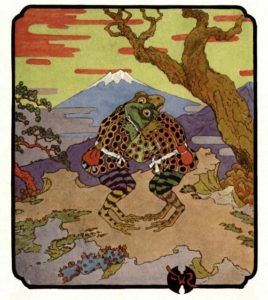
The story has several lessons. First, it is easy to be mistaken about something. What is reality isn’t always what we see or think we see. In Buddhism there is a saying about mistaking a rope for a snake. Next, it illustrates the differences between the two cities. Osaka has a long history of being a hub port for trade. It was also the capital city various times during the Asuka and Nara periods of Japanese history. Being a major port city, Osaka was an important commercial center.
Kyoto was the capital of Japan for more than 1,000 years. The city was founded as the capital during the 700s. I have to note that Tokyo (Edo) was the defacto capital of Japan during much of imperial history. Kyoto was the home of the imperial family; Edo was home of the Shogun. Japanese politics are complex.
In any case, this folktale points at how people are mistaken to think the economic center of Japan (Osaka) and the imperial/cultural center of Japan (Kyoto) are the same.
Finally, the tale speaks about our adage “the grass is not always greener.” Each frog sets off thinking their destination will be better than their hometowns. This mistaken idea leads the frogs to be disappointed when they see their “destinations” on the mountain. The story warns us about how expectations and our easily mistaken senses can lead us astray.
References
Andrew Lang, The Violet Fairy Book (London: Longmans, Green and Co., 1901), pp. 125-126.
Kyoto. Wikipedia http://en.wikipedia.org/wiki/Kyoto
Tokyo. Wikipedia. http://en.wikipedia.org/wiki/Tokyo
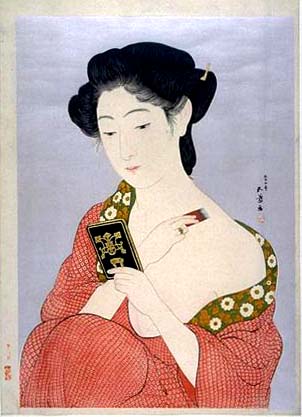
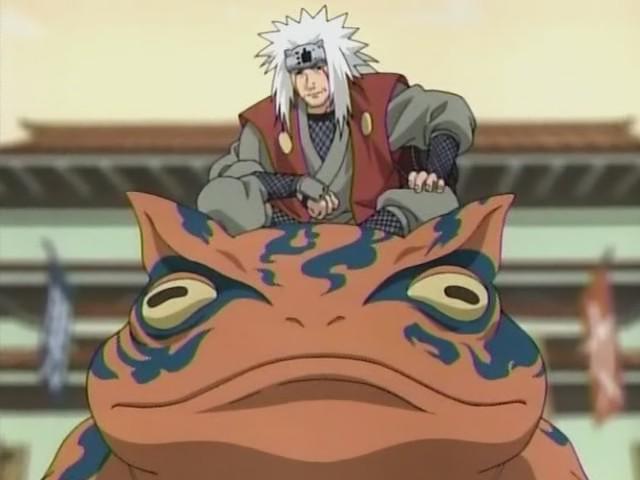
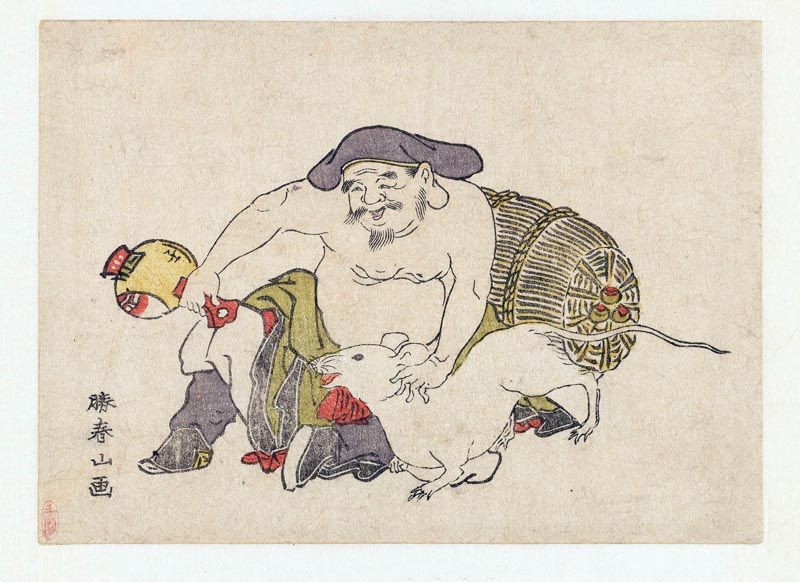
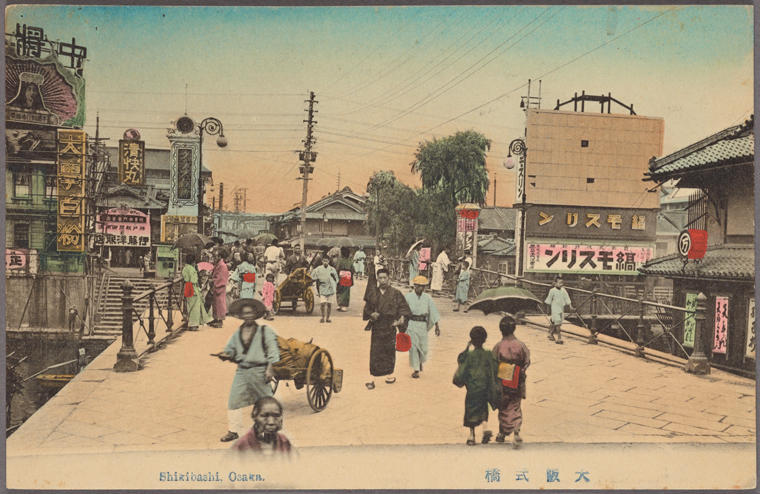
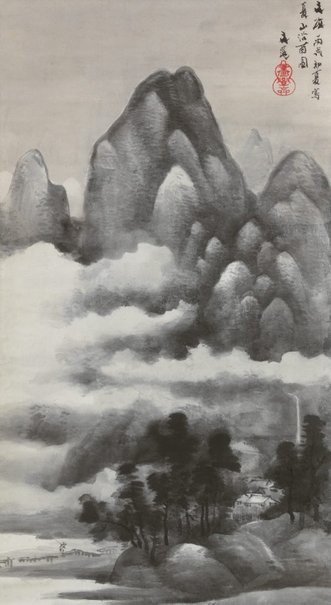

Apologize that I, at present, can’t “like” anything. (Travel tech limitations.)
Interesting story in the context of some recent explanations I received regarding symbolisms associated with frogs in Japanese culture. The term “kaeru” is a homophone for both the frog, and to “return home”. Recently noted the latter usage in regard to the final word in a song alluding to Japanese funeral rites. And the Princess Takiyasha as portrayed in much ukiyo-e and later stories was granted “frog magic”, as her motivation was to return her father’s spirit to its homeland… his head having been extradited from the Kansai region to the Kanto region for burial in the fishing village of Sasaki.
The story of Princess Takiyasha is a link I hadn’t considered. Sadly, many English translations lose their wordplay because of how precise (?) English words tend to be. In a study of the Hebrew word ra, I learned how the English words “evil” or “bad” miss the layers of meaning ra has. In short, the word can mean both “evil” and “bad” and/or “dysfunctional”. Sometimes I wish translators would use a slash construction when a layered meaning is needed, such as “frog/return home” or “bad/dysfunctional”. My Chinese friends sometimes point out how frustrating English words can be for them. They have to pick one when there’s too many meanings they want to convey for a single English word to carry.
very clear and good article easy to understand. Thank you
thanks alot of information
Who is the author of the story?
This is a folktale, so we don’t know who the author was.
Andrew Lang was the man who wrote this story.
He recorded it, but we don’t know his original source.
This is veryyyyy goooooooooooooooooooooooooooooooooooooooooooooooooooooooooooooooooooooooooooooooooooooooooooooooooooooooooooooooooooooooooooooooooooooooooooooooooooodddddddddddd
This is kinda funny that there is so many wierd comments here
Many of the comments come from kids in elementary school.
The thing is, what is the cause and effect of this story? Please give me 5 Cause and Effect Relationships. I like the story, seens i was grade 3, I like watching Japanese Folktales and also Mangga, and Anim*e!
The thing is, what is the cause and effect of this story? Please give me 5 Cause and Effect Relationships. I like the story, seens i was grade 3, I like watching Japanese Folktales and also Mangga, and Anime!
HI PRINCE!!!!!!
If you are looking for cause-and-effect relationships in the text, look closely. For example:
Cause: desire to see a little of the world
Effect: both frogs decide to go on a journey
Look closely at each sentence in the story. You will quickly find 4 more cause-and-effect relationships.
What is a good summary about this text
I include a part of a summary after the story.
What is the story all about (i mean the main lesson)
There are several lessons as I discussed after the story.
The story warns us about how expectations and our easily mistaken senses can lead us astray.
Hello I am compiling a book of Japanese Stories which includes The Two Frogs. I am interested to know where you got your images of the two frogs. Thanks,
They are found in Andrew Lang’s book as cited at the end of the story.
hey mister. WHAT IS THE CULTURE THAT IS SHOWN IN THE STORY THAT IS SIMILAR TO THE JAPANESE CULTURE? PLS. I NEED ANSWER AND ALSO IS MASTERBATING GOOD
Well, the entire story comes from Japan, so it reflects many of the cultural views of the time. For example, the frogs meet in harmony and not in conflict. This reflect the push in Japanese culture for harmony among strangers. Likewise, both frogs come from major cities as I’ve explained in the commentary below the story.
As for masturbating being good (assuming I am understanding your question correctly), that mainly depends on your moral tradition and view. In some areas of Christianity, for example, it is condemned as the sin of lust. A few branches take a kinder view. The Bible is silent on the matter other than the topic of lust. Using pornography falls squarely in the sin of lust, but some branches allow for the behavior as long as it is separate from lustful thoughts.
WHY BRO, WHY!?!?
wow i like this web page there more story
can i speak to the author please
The story is a folk tale translated in the 1900s from oral traditions. No one knows the first person to tell the story.
this is gooooooooooooooooooooooooooooooooooooooooooooooooooooooooooooooooooooooooooooooooooooooooooooooooooooooooooooooooooooooooooooooooooooooooooooooooooooooooooooooooooooooooooooooooooooooooooooooooooooooooooooooooooooooooooooooooooooooooooooooooooooooooooooooooooooooooooooooooooooooooooooooooooooooooooooooooodddddddddddddd
I’m glad you enjoyed the story.
I love this Japanese Fable! I saw this in my cousins Ready New York CCLS ELA practice ——Elisa
I enjoy this story and other Japanese fables too. I’m glad to hear they are a part of school curriculum.
I like your book it is nice!
Thank you!
What is the summary if this story
I’ve summarized the story and provided some of the lessons after the story. Look for the little — divider.
who is the author of this story?
As with many folktales, we don’t know who first told the story. Andrew Lang was a collector of stories, much like the Brothers Grimm. The original author is lost to history.
Thanks for publishing this Japanese folk tale, which, as a child, I first read from the Reader’s Digest World’s Greatest Fairy Tales. I read it to my nephew, who received a stuffed frog in his Easter basket.
I’m glad you enjoyed this charming folk tale. We need to make sure these stories are not forgotten.
who write this story
The story is an English translation of a Japanese oral story. Like most fairy tales, we don’t know who originally wrote it. Andrew Lang (the translator of this story) pulled from various sources like Madame d’Aulnoy and other sources to compile his fairy tale collections.
Hello
i like this site very much and i would love to see more of it
thx
Thanks! We have more folklore posts in the works and other editorials about Japanese and otaku culture. So stay tuned!